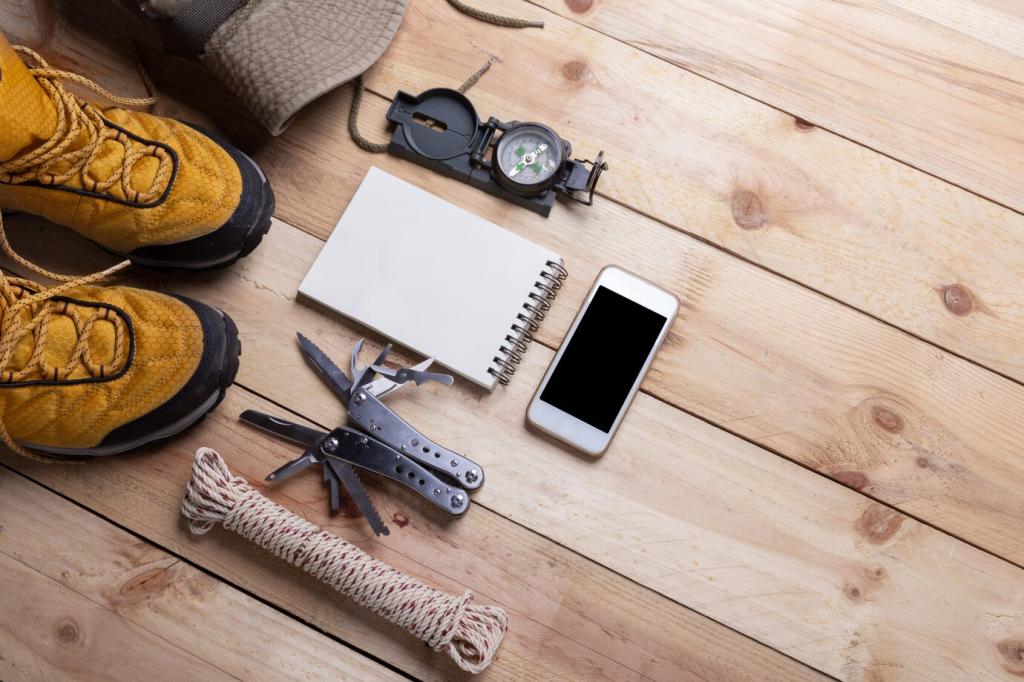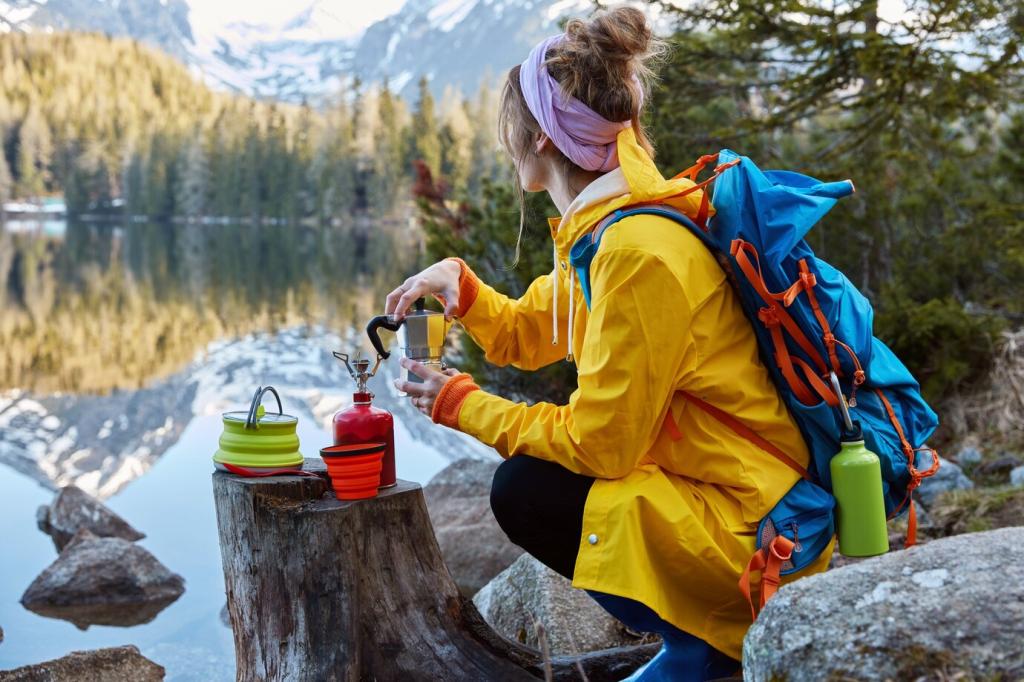Waterproof Footwear, Socks, and Gaiters
Waterproof boots work best when their leather is conditioned and the DWR on fabric panels is refreshed. Mud clogs breathability; clean after each trip. Consider slightly wider toe boxes to accommodate swelling when miles stack up in constant damp.
Waterproof Footwear, Socks, and Gaiters
Merino blends manage moisture, resist odor, and cushion against friction. In relentless rain, waterproof-breathable socks create a barrier, though they feel warmer. Pack a dry sleep pair to protect recovery, and rotate daytime socks at rest stops.
Waterproof Footwear, Socks, and Gaiters
Knee-high gaiters block splash, mud, and debris, especially on brushy trails and boggy moorland. Choose robust instep straps and snug cuffs. In shoulder seasons, pair shorter trail gaiters with quick-drain shoes, and tell us which combo keeps you happiest.
Waterproof Footwear, Socks, and Gaiters
Lorem ipsum dolor sit amet, consectetur adipiscing elit. Ut elit tellus, luctus nec ullamcorper mattis, pulvinar dapibus leo.



